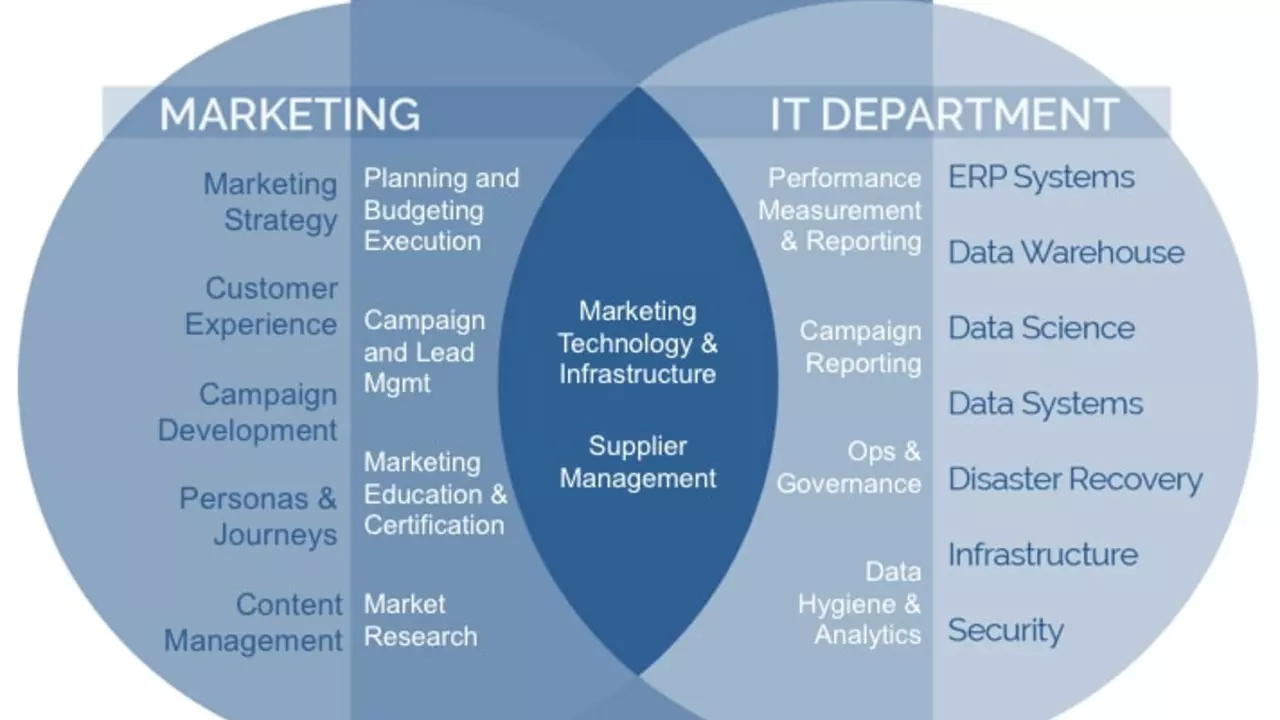Understanding the Basics of the Futures Market
In this section, we'll start from the very beginning and talk about what the futures market is, why it exists, and how it operates. The futures market is a centralized marketplace where people can trade standardized futures contracts. These contracts obligate the buyer to purchase an asset and the seller to sell an asset at a predetermined future date and price. Futures markets exist for a wide array of commodities including oil, gold, natural gas, and agricultural products.
The futures market plays a crucial role in global economy. It facilitates price discovery, enables risk management, and provides a platform for speculation. As a potential trader or investor, understanding the mechanics of the futures market is fundamental. This will provide you a solid foundation to build on as you delve deeper into futures trading.
Learning the Language of Futures Trading
Like any specialized field, futures trading has its own language. In this section, we'll demystify the jargon and explain the key terms you need to know. From long and short positions, to margin and leverage, to contango and backwardation, understanding these terms is essential to navigating the futures market successfully.
For instance, when you hear traders talking about going long or short, they're referring to buying or selling futures contracts. A long position means the trader expects the price of the underlying asset to go up, while a short position indicates the expectation that the price will go down. Margin, on the other hand, is a good faith deposit required to enter a futures contract. Understanding these terms will not only help you understand market conversations but also make more informed decisions when trading futures.
Understanding Futures Contracts Specifications
Another vital aspect of learning about the futures market is understanding the specifications of a futures contract. Each futures contract is unique and has its own set of specifications that detail the terms of the contract. These include the size of the contract, the type and quality of the commodity, the delivery month, and the delivery location.
Understanding these specifications is key to managing risk and making informed trading decisions. For example, knowing the contract size can help you calculate the potential profit or loss on a trade. Knowing the delivery month can help you avoid taking delivery of a physical commodity if you don't want to.
Mastering Technical Analysis
Technical analysis is a method of forecasting the direction of prices through the study of past market data, primarily price and volume. In the context of futures trading, mastering technical analysis can help you identify trading opportunities and make informed decisions.
There are many tools and techniques used in technical analysis, including trend lines, support and resistance levels, moving averages, and various types of charts. While it may seem complex at first, with practice and experience, you can learn to use these tools to identify patterns and trends, predict future price movements, and make more effective trading decisions.
Exploring Trading Strategies
There are numerous trading strategies that can be used in the futures market, each with its own set of advantages and risks. In this section, we'll explore some of the most popular strategies such as hedging, speculation, and spread trading. Understanding these strategies can help you choose the one that best fits your risk tolerance, investment goals, and trading style.
For example, hedging is a strategy used to reduce risk by taking a position that is opposite to an existing one in the physical market. Speculation, on the other hand, involves taking on risk in the hope of making a profit. Spread trading involves buying one futures contract and selling another related futures contract to profit from the change in the price difference. Each of these strategies requires a different skill set and level of understanding, so it's important to learn about them and practice before you start trading.
Practice, Practice, Practice
The last, but certainly not the least important, step in learning about the futures market is practice. Like any other skill, becoming proficient at futures trading requires a great deal of practice. You can start by paper trading, which is a risk-free way of practicing your trading strategies without using real money.
Once you're comfortable with paper trading, you can move on to trading with a small amount of real money. This will give you a feel for how the market operates under real-world conditions. Remember, it's okay to make mistakes. In fact, mistakes are one of the best ways to learn. The key is to learn from your mistakes and continually strive to improve your trading skills.
